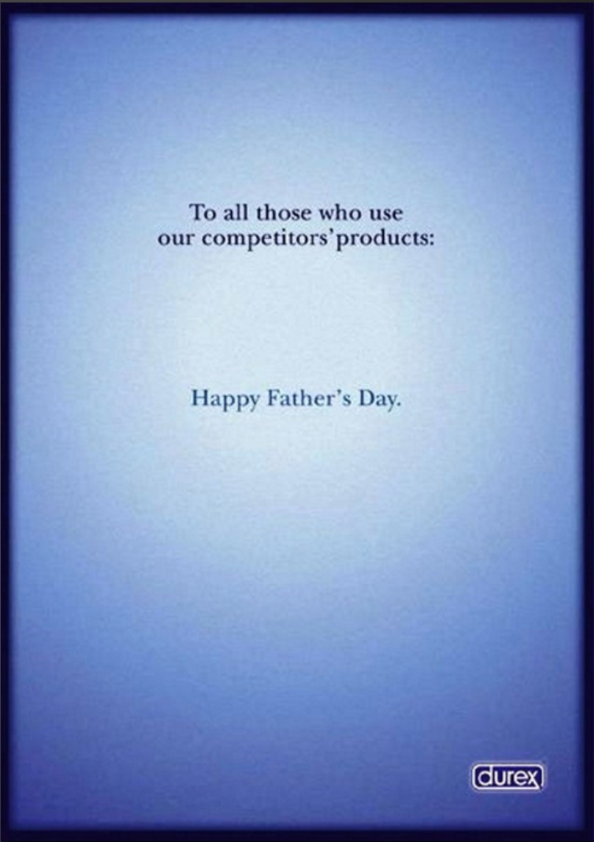Brands have endless opportunities to tell their story–from their packaging and traditional advertising to video scripts, social media, content marketing, web writing, emerging forms (AI, VR, AR), and the list goes on. However, it’s the way the story is communicated via these channels that counts.
The good news is, a few tweaks can instantly improve your copywriting so that your brand story sells itself, making it one of the most valuable tools to grow your business. Here are our top five tips to support your brand story-selling:
Start simple.
Active voice is always best. Familiarize yourself with writing in active voice by leveraging free tools like Grammarly to see when you are writing in the passive voice and where edits need to be made.
Just like active is best, positive is preferred. Lead with the pluses, not the negative. Framing your copy with positive context will help to cast an optimistic light on your brand story that will win customers over to your products and services. Negative context will only turn them away.
Find conflict, and you’ll find your story.
Looking for a good story to tell? Look for conflict. People don’t eavesdrop on stories about cheerful visits with family members over the holidays. They listen in on stories about crazy ex-boyfriends who burn pictures of their failed relationship to ashes and return said pile as a Christmas gift.
See, want to know more right? Unfortunately, that’s a story for another time (and probably a therapist).
Embrace the conflict, the tension, the good vs. evil, right vs. wrong, one choice against another scenarios, and use those situations to turn your stories into something special. In the case with AccuTemp our conflict was between the HVAC company and the weather. We made the customer the hero by making their decision the solution.
Follow the 4U’s of copywriting
Writing nothing is better than writing jargon. Clever and clear is better than clever and confusing. But how can you make sure your succinct, clever and clear writing is on point?
The way you tell your story should follow the 4U’s**:
- Unique – what is one benefit your brand offers that your competitors don’t?
- Useful – promise that benefit, solve a problem–whatever it is, provide value
- Ultra-specific – the most specific, the most useful the copy is and makes it compelling
- Urgent – make it timely, convince them to open the email, click through, make a purchase
Two great examples of this:
- Planet Fitness does it right:

- And so does Durex:

Affect the senses
As you build out your brand story in the active voice and utilize the 4U’s, draw in your reader by describing how your product or service affects the senses.
For example, use visual descriptions like painting vibrant or gloomy pictures.
Turn bland descriptions into zesty, simmering soundbites that bring in smell or taste.
Create a buzz that makes your words hum around a room.
Inspire motion by jotting words that juke and swirl.
Make it memorable
The most memorable brand stories have three components–they educate their audiences, teaching something new they can’t accomplish without your product; entertain, and empower your audience to do something.
Speaking of threes, audiences often remember things in threes (Three Little Pigs, Three Blind Mice, Popular slogans like “Just Do It”) so consider the power of three when you’re crafting your story.
And most importantly, be relevant.
Everyone loves a good story, and if you’ve followed our tips so far, the story is sounding pretty good. However, the story means nothing if it’s not a message of authenticity and shows no relevance to the reader.
Show your audience you understand them, make them feel as though your product was created specifically for them and that it will make their lives better.
As you focus on bringing a new brand to life or breathing new life into an established brand, invest time and resources into the art of copywriting. By following a few simple rules, the story will sell itself.
